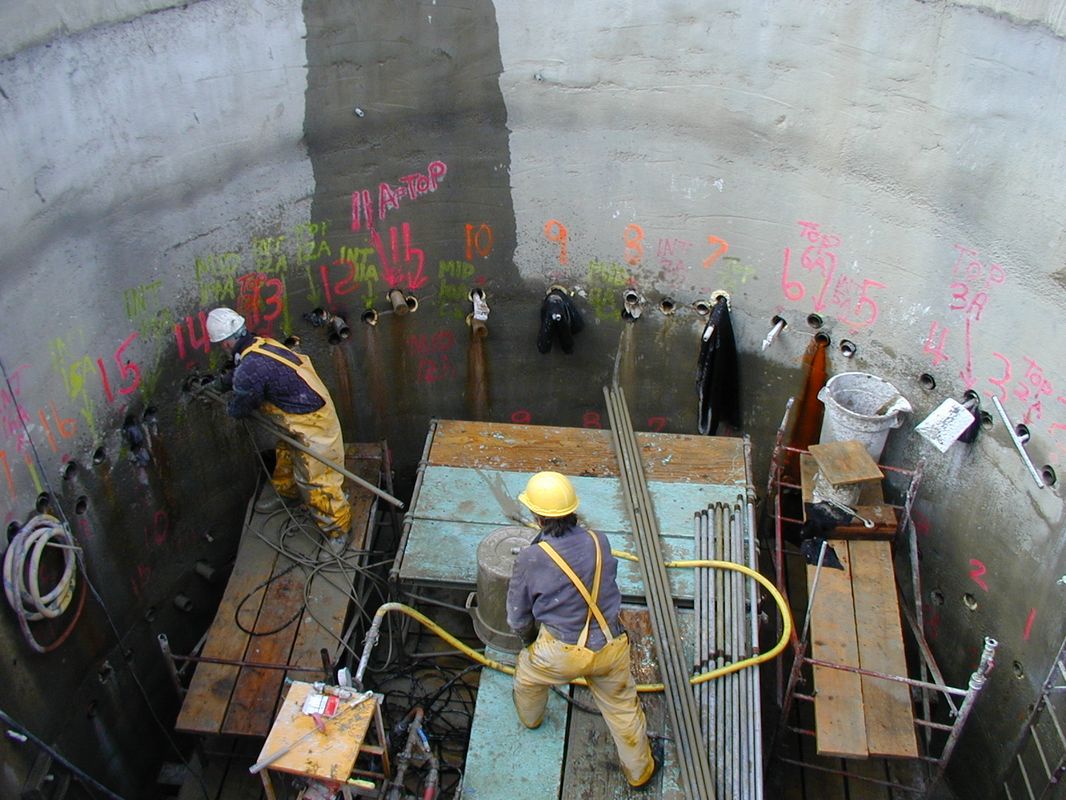Compensation grouting
Compensation grouting is a type of repair, a way of lifting a structure.
It is an active technique, which counteracts ground relaxation caused by building settlement, or changes caused by tunnelling or other ground changes.
Compensation grouting requires precise measurement of the grout injected, and real time monitoring of the process, and displacement of soil and structures. It either mitigates settlement or actively heaves the strata above to compensate for settlement.
The grout itself is injected under pressure through single port or multiple port pipes – often referred to as tube-a-machette (or TAM). The grout particle size and soil must be matched properly to allow the cement to permeate, and an extremely close eye kept on the actual realignment of the structure above the pipes itself.
The process is non-invasive.
“As implied in the name, compensation grouting compensates for something that has already happened, a repair after the event.
“It is a way to lift a building that’s settled or densify the ground.
“We’re the New Zealand agents for Italian company Sireg, and we’re proud to employ a technology that can be extremely useful when this type of repair is required.
“Compensation grouting requires a precise understanding of soil and grout characteristics. It also demands that special attention be paid to the realignment of the structure which has settled.
“CLL understands all the variables which need to be monitored. It is just one of the arrows in our quiver of ground improvement techniques.”

